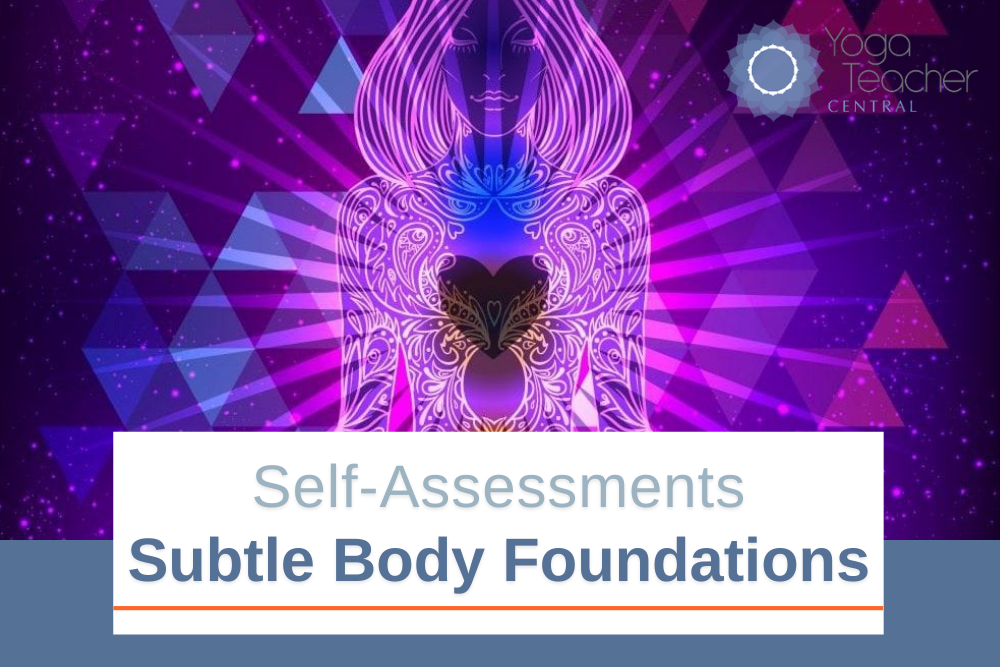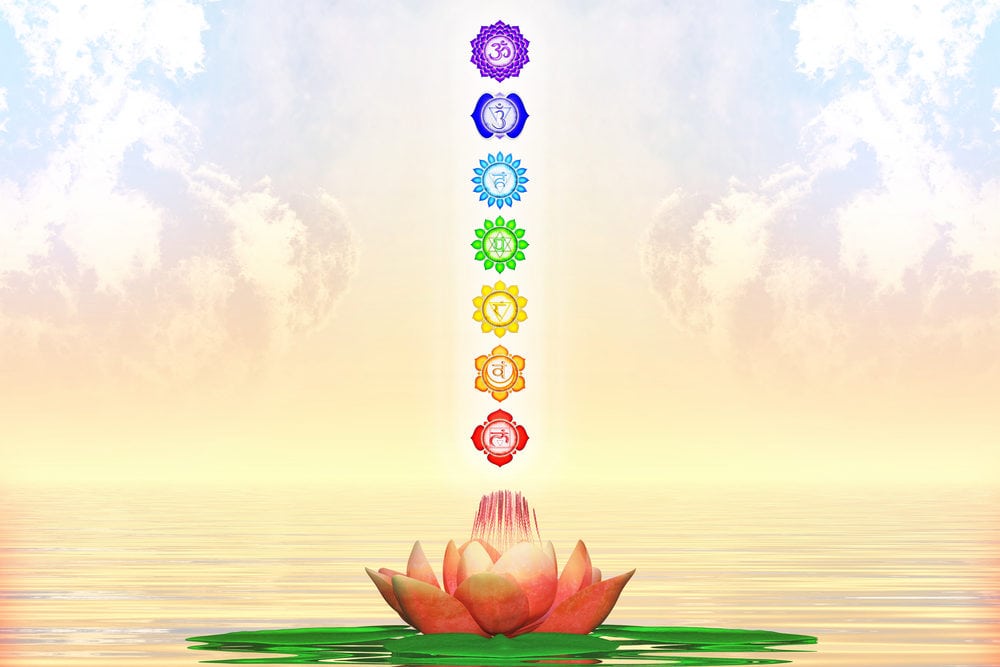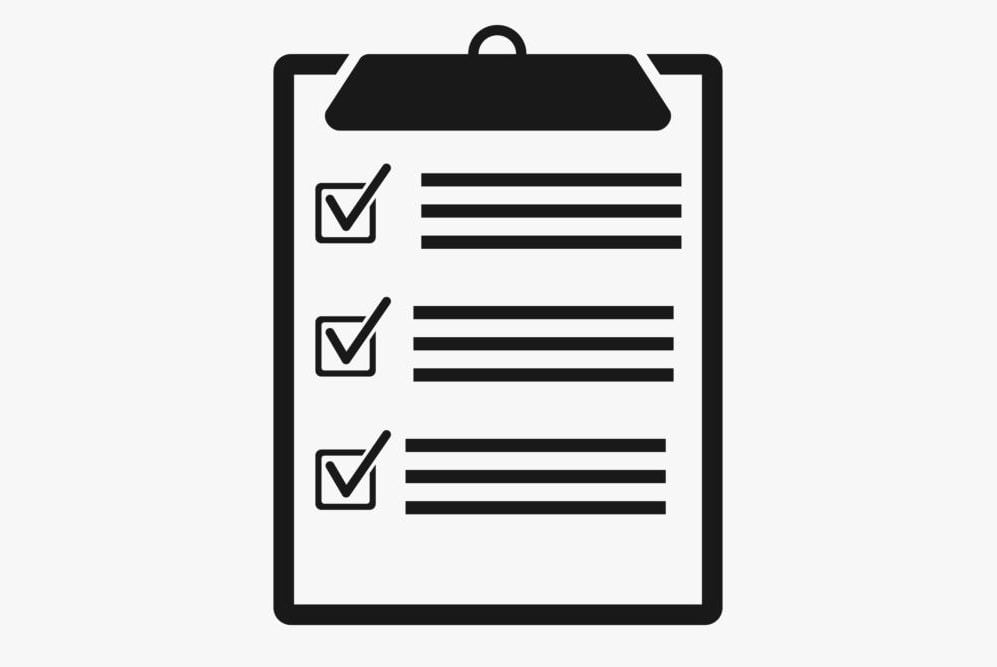
Introduction
Quickly assess your knowledge of Subtle Body Foundations, and identify gaps in your education. See below for assessments on these subjects:
- Energy & Subtle Body Anatomy
- Koshas Overview
- Chakras Introduction
- Pranayama Philosophy
Purpose
Offer a series of free quizzes for yoga teachers to:
- Provide an effective way to assess knowledge of each of the Teaching Knowledge Standards.
- Make it easy to self-assess privately, on your own time.
- Help teachers who identify educational gaps to bolster their knowledge with accessible and practical lessons.
More Self-Assessments
For more self-assessments, see the Standards & Self-Assessment Hub.
Energy & Subtle Body Anatomy

Teaching Standard
Have a foundational understanding of energy from scientific, philosophical, and practical viewpoints, and be familiar with the yogic perspective on life force energy (prana), how it moves and functions, and how yoga impacts energy.
Assessment
Vocabulary Mix & Match
| BIOFIELD |
| |
Refers to how life force energy works through and with the human body; another name for pranamaya kosha and biofield |
| ENERGY |
| |
Energy channel beginning and ending on the right side of sushumna; solar, masculine, stimulating |
| ENERGY BODY |
| |
Short for “biological field”; a massless field that surrounds and permeates living bodies (source); another name for energy body and pranamaya kosha |
| “IDA NADI” |
| |
Another name for energy generally, and for the nonphysical force that underlies existence and animates organisms |
| “NADI” |
| |
Movement, “information that vibrates” (Cyndi Dale), “the ceaseless flow of intelligence, of data-information in motion” (Thomas Hubl) |
| “PINGALA NADI” |
| |
Elusive (dictionary) |
| “PRANA” |
| |
Central energy channel, said to be the path to enlightenment |
| SUBTLE |
| |
Energy channel beginning and ending on the left side of sushumna; lunar, feminine, cooling |
| SUBTLE BODY |
| |
A route that carries energy; said to channel prana to every cell of the body, keeping us alive |
| SUBTLE ENERGY |
| |
May be used as another way to describe the energy body, pranamaya kosha or biofield; or, it may be used to refer to the inner body generally, including thoughts, feelings, sensations and the body’s physiology, for example |
| “SUSHUMNA” |
| |
Life force |
Questions
- Give a number of names that scientists use to describe the force that yogis call prana.
- What exactly is the force we call energy or prana?
- What do we know about the vibration that is energy?
- According to yoga philosophy, what is the source of energy / prana?
- Discuss the term subtle body.
- What is prana?
- What are three names for solar prana? Where are these located? What are four names of lunar prana? Where are these located?
- What are prana vayus?
- What is the root of the Sanskrit word, nadi?
- What is the meaning of nadi? How many nadis are there said to be?
- What is the function of nadis?
- What are the 3 primary nadis and how do they relate to chakras?
- Describe the location and vibration of the ida nadi. Which part of the nervous system does it govern?
- Describe the location and vibration of the pingala nadi. Which part of the nervous system does it govern?
- When does the sushumna nadi flow?
- Why do yoga practices endeavor to awaken sushumna?
- How are ida and pingala nadis relevant to Hatha Yoga?
- How are Hatha Yoga and prana related?
- How do yoga practices impact energy?
- What are the primary techniques for working with subtle energy?
- What are some of the ways in which yoga practices liberate energy?
Koshas Overview

Teaching Standard
Learn the kosha model and explore ways to apply and teach it.
Assessment
Vocabulary Mix & Match
| ANANDAMAYA KOSHA |
| |
Intellectual Sheath or Wisdom Body |
| ANNAMAYA KOSHA |
| |
A model describing five dimensions of human beings, a tool for mapping our experience of self |
| ATMAN |
| |
Bliss sheath or bliss body |
| KARANA SHARIRA |
| |
Astral body, formed from the pranamaya kosha, (energy body), manomaya kosha (mental body) and vijnanamaya kosha (intellectual body) |
| KOSHA |
| |
Soul |
| MANOMAYA KOSHA |
| |
Vital sheath or energy body |
| MAYA |
| |
Mental sheath or mental and emotional body |
| PANCA |
| |
Five |
| PANCHAMAYAKOSHA MODEL |
| |
Seed or causal body, formed from the anandamaya kosha (bliss body) |
| PRANAMAYA KOSHA |
| |
Physical body, formed from the annamaya kosha (physical body) |
| STULA SHARIRA |
| |
The cosmic illusion caused by an error in spiritual perception; illusion of separateness; or “that which is a relative reality” |
| SUKSHMA SHARIRA |
| |
Sheath, layer or body |
| VIJNANAMAYA KOSHA |
| |
Food sheath or physical body |
Questions
- From what ancient text does the kosha model originate?
- What is the purpose of the kosha model?
- What are some meanings of kosha?
- What are the names and meanings of each kosha?
- How else does yoga philosophy describe “bodies?”
- When introducing philosophical topics in class, what are some general teaching considerations?
- How can you utilize the kosha model in teaching?
- Provide specific examples of practices and teachings using the kosha.
Chakras Introduction

Teaching Standard
Become familiar with the philosophy, function and symbolism of chakras.
Assessment
- What is the meaning of the Sanskrit word, chakra?
- What are chakras?
- How many chakras are in the human body?
- What are the functions of chakras?
- Individual chakras may be described as having what types of issues?
- Which chakras are described as complementary pairs?
- Chakras are traditionally depicted by what symbol?
- What is the significance of the number of petals on the chakra symbols?
- As you clarify your purpose in teaching students about the chakra model, what are some considerations?
Pranayama Philosophy

Teaching Standard
Become familiar with the meaning and deeper philosophical perspectives on the purpose and effects of pranayama (breath practices).
Assessment
- How is pranayama presented in the Yoga Sutras?
- In what context is pranayama best understood?
- What is the meaning of the Sanskrit word, pranayama?
- Provide a succinct and practical description of the philosophy behind pranayama.
- Describe some ways that we receive life force energy and ways that we expend it.
- How does pranayama relate to our life force energy?
- From a philosophical perspective, what is the result of successful pranayama practice (according to the Yoga Sutras)?

In a Nutshell
- The enrollment fee is $25 and is open to Yoga Teacher Central members, past members and non-members.
- Members receive current membership benefits plus additional benefits listed below.
- Enrollment in the Study Program qualifies you for lifetime YTC Teacher status.
Benefits
Enrolling in the Study Program gives you:
- A downloadable Knowledge Standards Lesson Guide to walk you through a structured study path toward certification.
- Selection of 5 downloadable lessons of your choice (from a library of nearly 500).
- Recognition as a YTC Teacher (for life; no expiration).
- Professional marketing kit for highlighting your YTC Teacher status on social media and your website.
- Excellent preparation for taking certification exams.
Members
- Your current membership gives you online access to not only thousands of pages of organized study and teaching knowledge, but also sequence breakdowns and teaching notes, theme plans, injury cheat-sheets, and so on.
- When you enroll in the Study Program, you get these additional benefits: a Knowledge Standards Lesson Guide, selection of 5 downloadable lessons of your choice, and a professional marketing kit for highlighting your YTC Teacher status on social media and your website.

See here for information about exams, badges and certification. Get links for each exam, and for a no-risk trial exam.
We think you’ll enjoy taking the exams. The questions are well-thought-out and the subject matter is quite engaging and significant for teachers. You’ll get an inspiring teaching after answering each question. At the end of the exam, you see a summary of wrong answers and the relevant teachings, giving you a personal study guide targeted to your needs.
This is an hour well-spent!








